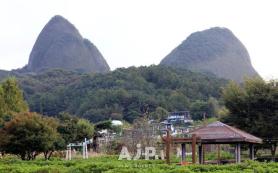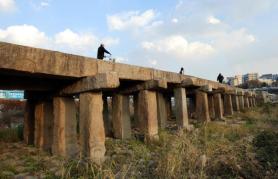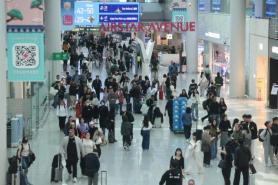A mere hour and forty minutes by ferry from Busan International Passenger Terminal on a placid sea, this Japanese outpost holds a unique position, geographically close to its neighbor yet steeped in a distinct history marked by centuries of intricate exchange.
The island’s past is deeply intertwined with the Korean Peninsula, and scattered across its verdant landscape are remnants of this enduring connection.
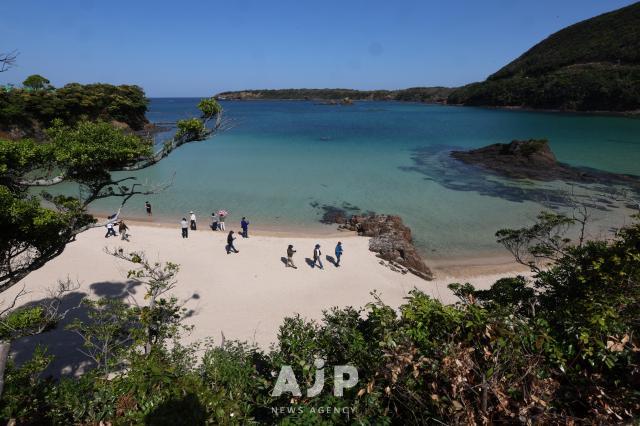
Perhaps the most compelling of these are the legacies of the Joseon Tongsinsa, the Korean emissaries dispatched to Japan at the behest of the Edo Shogunate.
Between 1607 and 1811, 12 such missions journeyed across the sea. These grand delegations, comprising 300 to 500 individuals, traveled in a flotilla of four to six ships, navigating the route through Tsushima on an arduous voyage that could last from six months to a year before reaching Edo, present-day Tokyo.
The lords of Tsushima played a crucial role in these diplomatic journeys, acting as guides for the Tongsinsa to the Japanese capital.
Given the island’s limited natural resources, trade with Joseon was vital, fostering a culture of elaborate hospitality towards these visiting envoys.
The newly opened Tsushima Joseon Tongsinsa History Museum, established in 2021, meticulously chronicles this era through a collection of historical materials.
The records of these Joseon Tongsinsa missions were recognized for their historical significance in 2017 with their inscription on the UNESCO Memory of the World register. More poignantly, Princess Deokhye, the daughter of Korea’s last emperor, Gojong, married Count Sō Takeyuki, the lord of Tsushima, in 1931, a union commemorated by a monument near the Tsushima History and Folklore Museum.
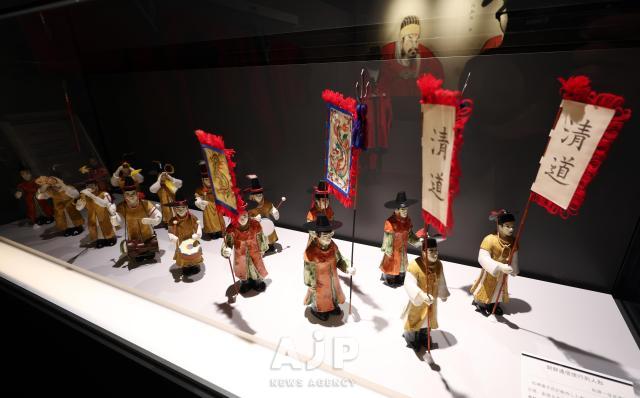
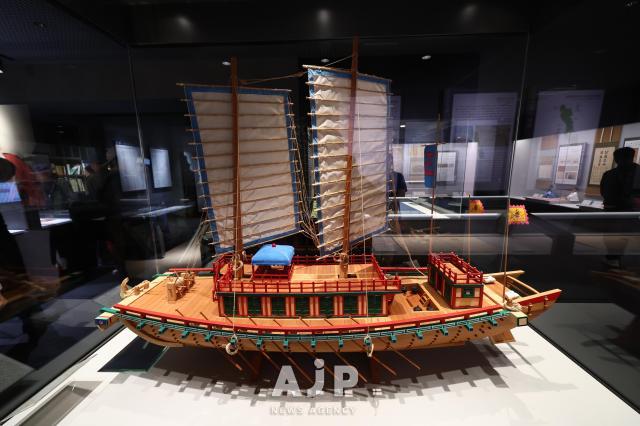
Beyond these prominent narratives, other historical markers whisper tales of cross-cultural encounters. In Waniura stands the monument honoring Wangin Haksa, a scholar from the ancient Korean kingdom of Baekje credited with introducing Chinese characters to Japan. Near the Korea Observatory, a somber memorial pays tribute to the 108 Joseon interpreters who perished in a shipwreck in 1703.
The island itself is a tapestry of dense woodlands, dominated by Japanese cedar, cypress, and the glossy-leaved camellia. While the Shushi Maple Road is undoubtedly a spectacle of autumnal color, its tranquil paths offer excellent trekking opportunities in the verdant embrace of spring and summer.
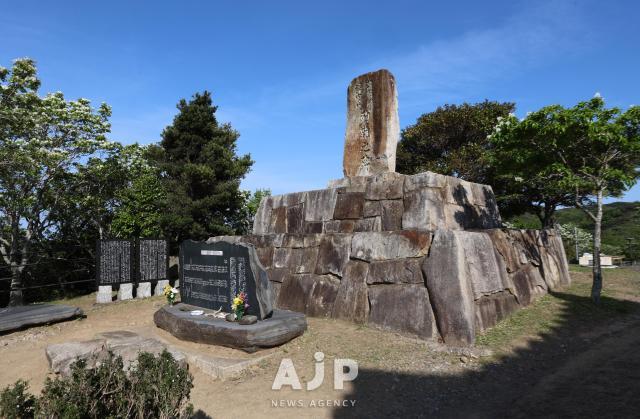
The Shiine district presents an intriguing architectural curiosity: "Ishiyane," stone-roofed warehouses built to safeguard grains and other valuables. These sturdy structures feature roofs layered with flat stone slabs, some weighing as much as 100 tons, necessitating robust pillars and walls crafted from durable Japanese yew.
Approximately 50 of these unique warehouses still stand. In Itsuhara, Tsushima’s largest urban center, the eye is drawn to the impressive stone foundations and walls. The precise interlocking of stones, both large and small, evokes the ancient stonework of Inca sites in Peru.
Along the coastline, Miuda Beach offers a rare expanse of sand, its waters shimmering in shades of emerald.
Other notable sites include Saozaki Park, the closest point to Busan marked by a lighthouse; the Tsushima Wildlife Conservation Center, dedicated to the elusive Tsushima leopard cat; Manzeki-bashi Bridge, an artery spanning the canal that bisects the island; Ayumodoshi Nature Park, a dramatic ravine carved by ancient waters; the ruins of Ofunae, the Edo-era pier of the Tsushima lords; and Ajino Renkon, a geological curiosity showcasing fossilized ripple marks.
Near the parking lot of the octagonal Korea Observatory, vendors sell a local delicacy: chewy glutinous rice bread shaped like a carp (Bungeoppang), a popular treat for visitors.
In essence, Daemado offers a compelling glimpse into the intertwined history of Korea and Japan, a place where the legacies of both amicable exchange and periods of tension reside side by side, etched into the very fabric of the island.
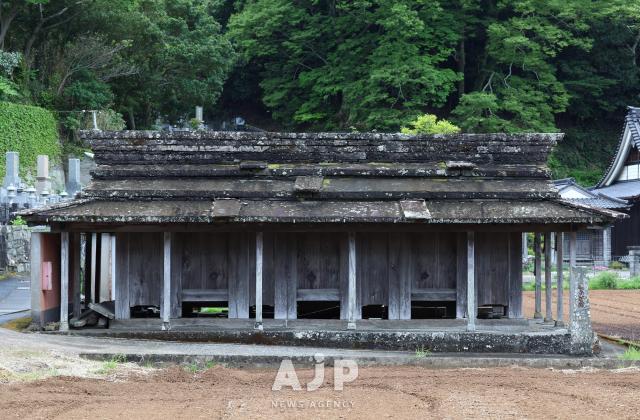


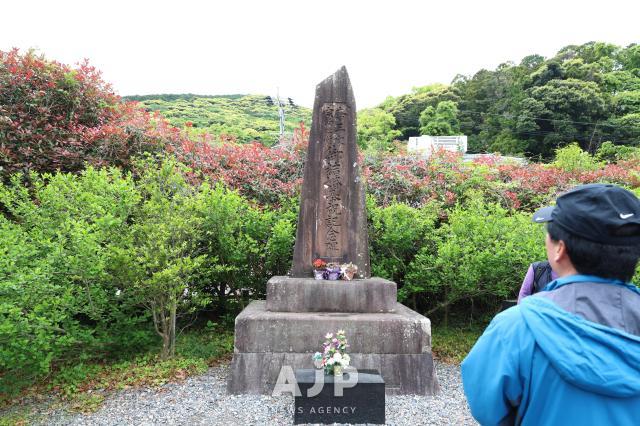
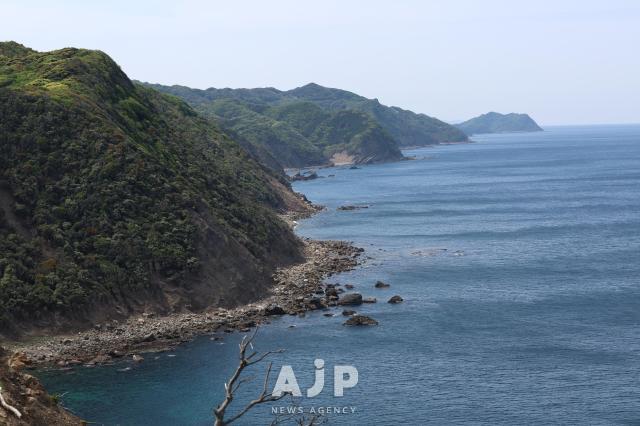
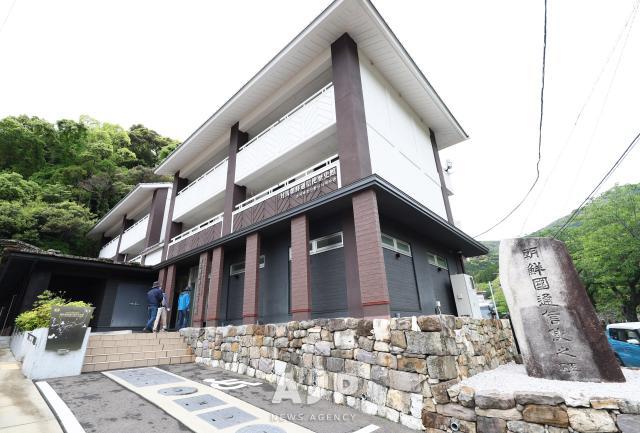
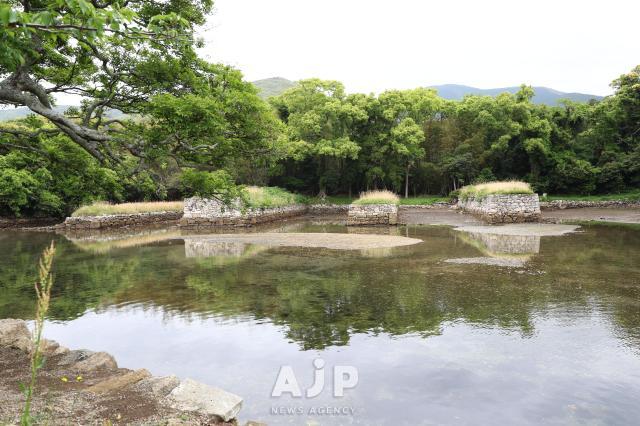
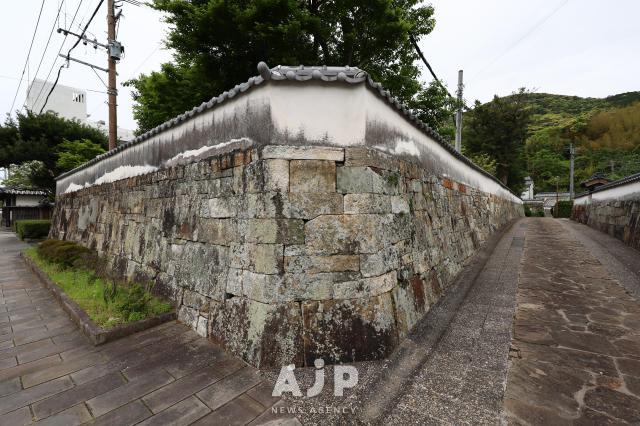
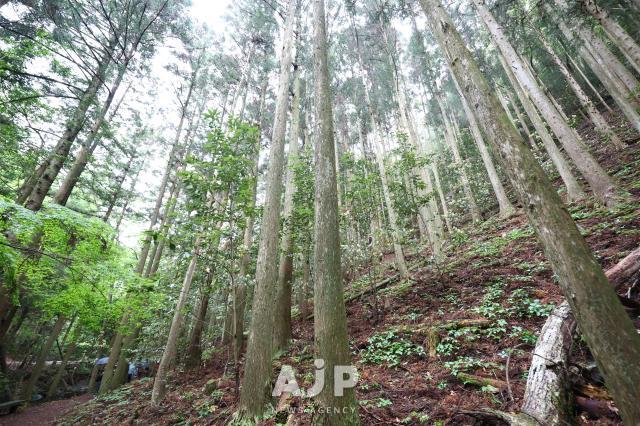
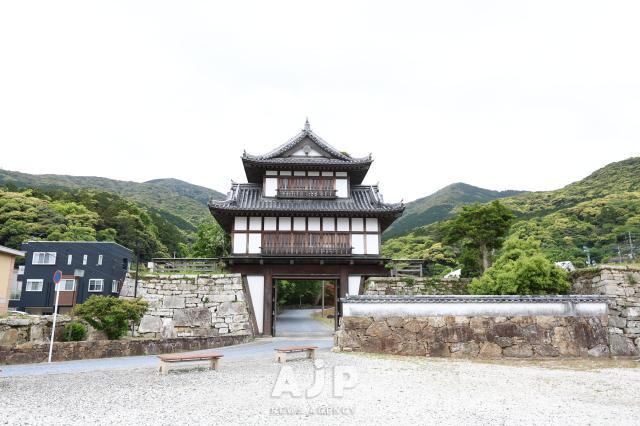
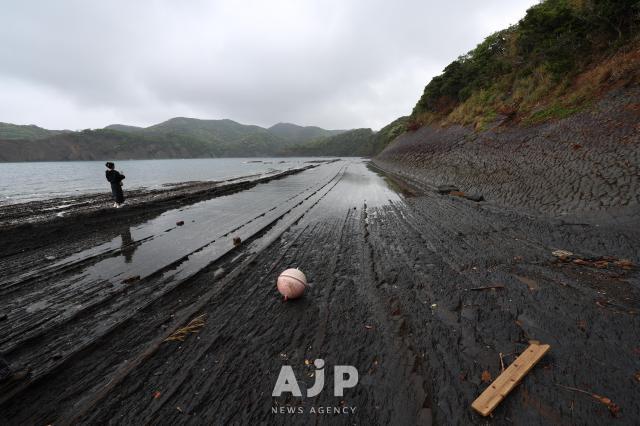
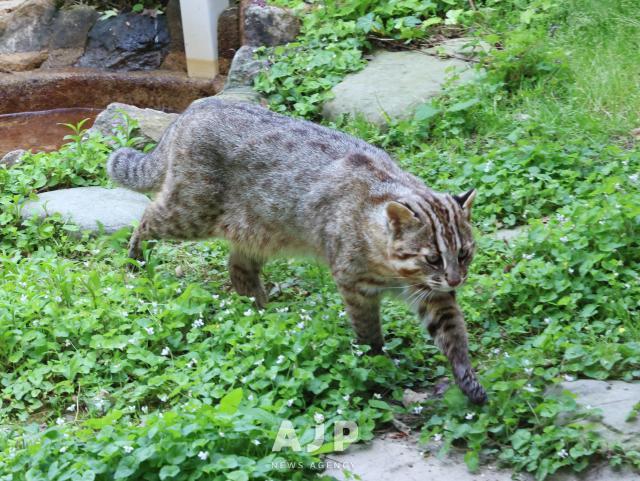
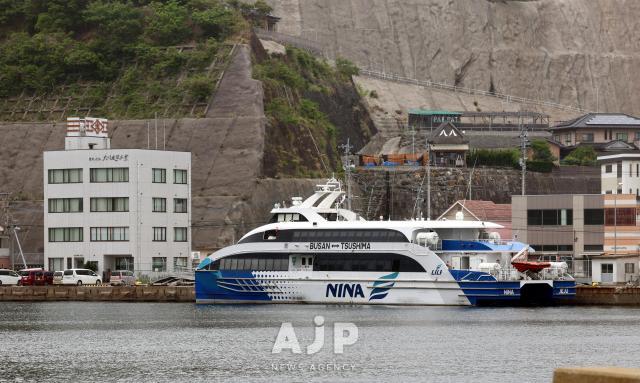
Copyright ⓒ Aju Press All rights reserved.


